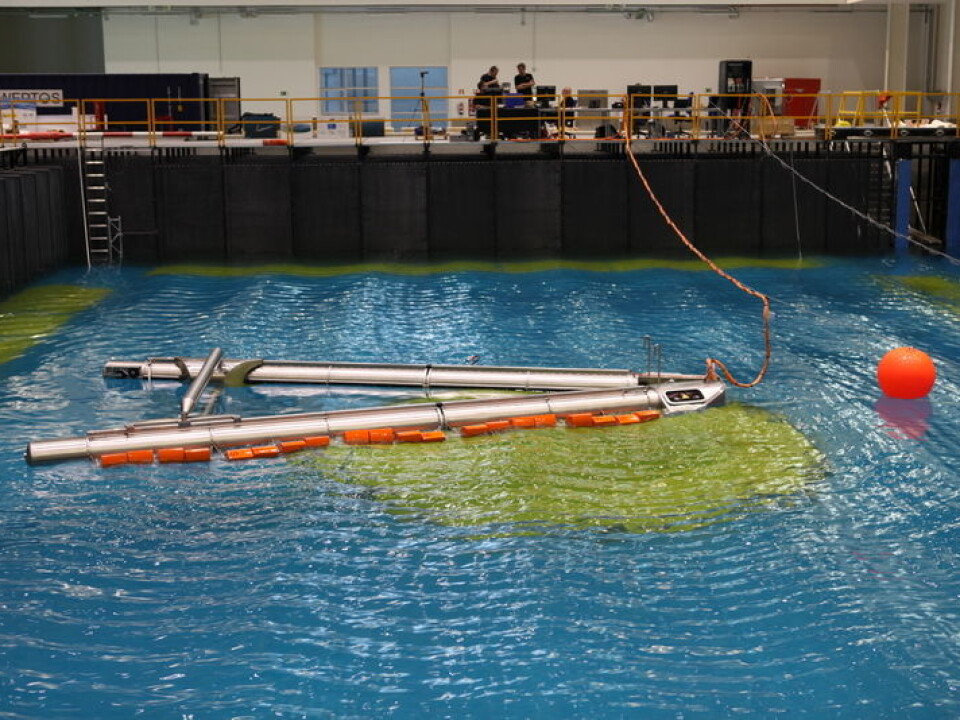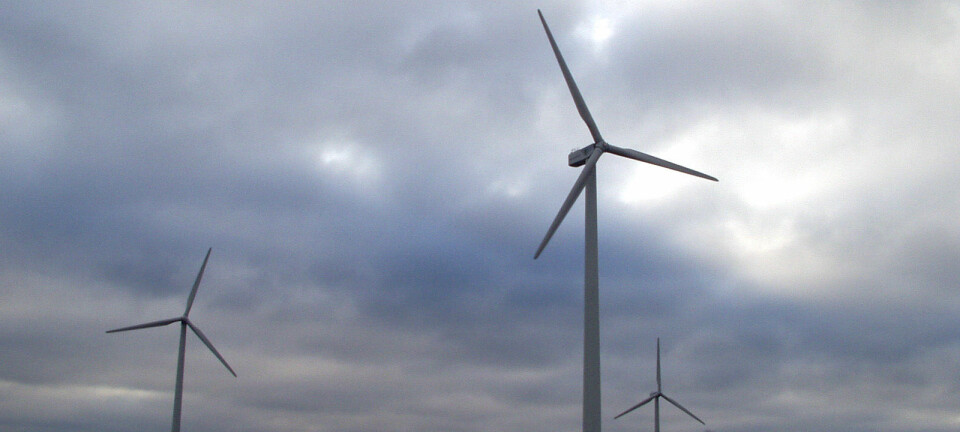
Solving the wave energy puzzle
Tests of a new wave power plant have been “exceedingly promising”, say researchers.
We already get energy from the sun and the wind, but nobody has successfully tamed the power of the sea – yet.
Now Danish researchers are making a new attempt using a two-legged wave power plant called Weptos.
A prototype has been tested in a new wave tank in Spain – a test that the developers say was “exceedingly promising”. They believe Weptos can be the key to channelling energy from the sea to our electrical plugs.
“I think this unit has a very good chance of making a breakthrough in this field,” says Jens Peter Kofoed, an associate professor at Aalborg University’s Department of Civil Engineering, where Weptos is being developed.

While other wave power concepts have their good and bad points, Kofoed says that just about everything is pointing in the right direction in the new project.
Flexible legs cut stresses and strains
Each of Weptos’ two legs carries 20 rotors that power an axle turning a generator, which delivers electricity. The angle between the two legs can be altered, so the legs are wide apart when the waves are small and suitable for generating electricity, or close together in periods of heavy waves. This means Weptos will be hit by fewer large waves during storms, which reduces the stresses and strains on the construction, giving the researchers grounds for optimism.
Previous attempts to make profitable wave power plants have faltered because they have not met the three vital parameters: the ability to turn waves into electricity, a robust construction to withstand the impact of powerful waves, and relatively low construction and maintenance costs.
“Since you have the ability to change the angle between the legs, you are changing the amount of energy reaching the generator,” says Kofoed. “But you are also ensuring that the stresses and strains on the construction in extreme situations are quite close to those in the normal, everyday situation.”
It will be technically possible to meet a third of Denmark’s energy consumption using wave power units in Danish waters.
The researcher expects construction costs for Weptos to be lower than for wave power units to date.
Preparing for futher tests
Tommy Larsen, the entrepreneur who heads the project, and his colleagues are currently analysing the “extraordinarily good” test results from Spain to find out how much energy a final version of the wave power plant will provide.
To find the optimal size of the unit the developers need to calculate the stresses and strains that Weptos will be subjected to by the waves for various potential sizes of the unit – which will also depend on possible locations – and how much they will cost to build.
Larsen sees the next version as 10-15 times larger than the current prototype – but only medium-sized compared with the envisaged final version.
“We see the next step as being a demonstration installation in the Kattegat sea [between Denmark and Sweden],” says Kofoed. “It is unlikely to be economically viable, but it will show that it can produce electricity, and we can get information that will verify our price calculations for an economically profitable unit to be located in say the North Sea.”
He expects the demonstration unit can be tested in the Kattegat within a couple of years. If the results of a year’s tests confirm the predictions of laboratory tests, the developers can start building the final version, which will take another couple of years.
If all goes well, Weptos may then start a new Danish export boom, says Kofoed.
“Internationally the market is large. A lot of money is being spent on developing wave power units and the expectations to what they can deliver are very high.
“But not very many of them have turned into installations that have produced much electricity to the grid. So the greatest challenge is showing that you can do it – which should be possible with this unit.”
Read the article in Danish at videnskab.dk
Translated by: Michael de Laine








